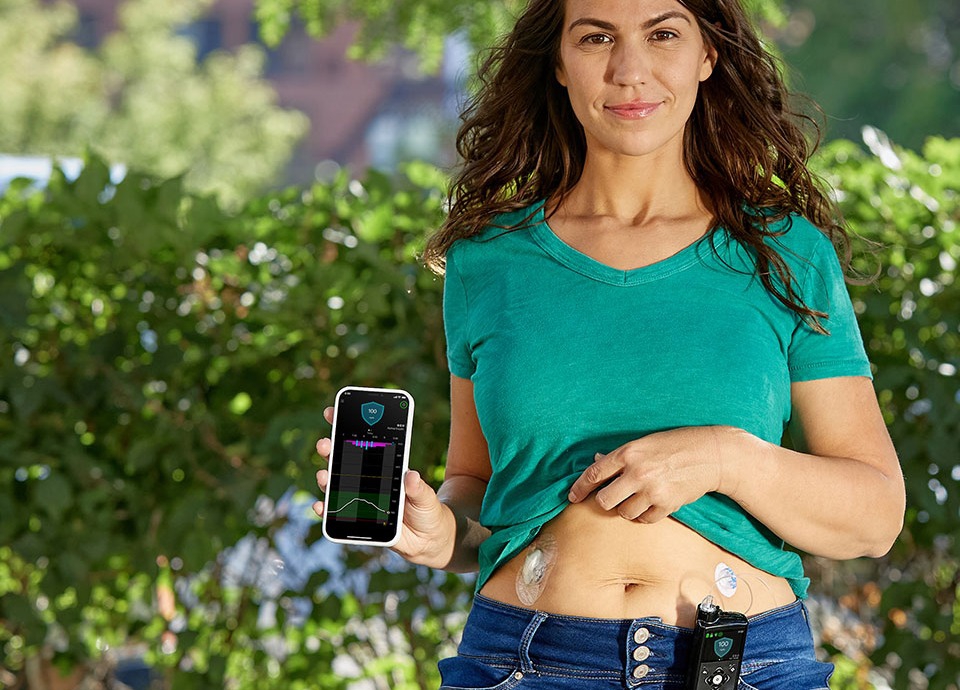

The insulin pump is undoubtedly a tool of 21st-century diabetology—a small, portable device that continuously delivers insulin into the body. For people with diabetes, it provides significant health benefits and convenience, as they no longer need to administer insulin through multiple injections daily.
What is the Insulin Pump?
An insulin pump is a mechanical device powered by a battery. It is more convenient and simpler to use than an insulin pen, which requires multiple daily injections. In Hungary, approximately 2,200 people use insulin pumps, and this number is steadily increasing, especially since 2010 when the National Health Insurance Fund (OEP) began providing substantial financial support for these devices.
The pump continuously delivers the pre-set daily amount of insulin.
Long-acting (basal) insulin: Delivered continuously throughout the day
Rapid-acting (bolus) insulin: Administered at specific times, usually before meals
The pump contains a reservoir that stores insulin, which is continuously administered under the patient's skin. A small cannula is inserted under the skin, usually in the abdominal area, and is connected to the pump via a thin catheter. The cannula typically needs to be replaced every 2-4 days for hygiene reasons.
International medical organizations recognize that this insulin delivery system closely mimics natural insulin regulation. In addition to reducing the likelihood of nighttime hypoglycemia, it can also improve HbA1c levels.
The use of an insulin pump is subject to several criteria, taking into account not only the patient's experience but also their level of cooperation and lab results.
It is recommended for individuals with type 1 diabetes who have had the condition for at least three years and meet at least one of the following criteria:
Repeated HbA1c levels >7% (or >6.5% for women planning pregnancy)
High daily blood sugar fluctuations (≥10.0 mmol/L)
Confirmed dawn phenomenon
At least three clinically symptomatic hypoglycemic episodes per month
At least one severe hypoglycemic episode within six months
HbA1c level >8% in the last six months
Decrease in hypoglycemic episodes after starting pump therapy
Reduction in daily blood sugar fluctuations over the last six months
Fewer asymptomatic hypoglycemic episodes after starting pump therapy
The insulin pump is not suitable for every patient. Certain cases require alternative treatment approaches.
Insulin pump technology continues to evolve, with newer, smaller, and even wireless models being introduced regularly. However, wireless insulin pumps are not yet available in Hungary.
Image Source: Medtronic